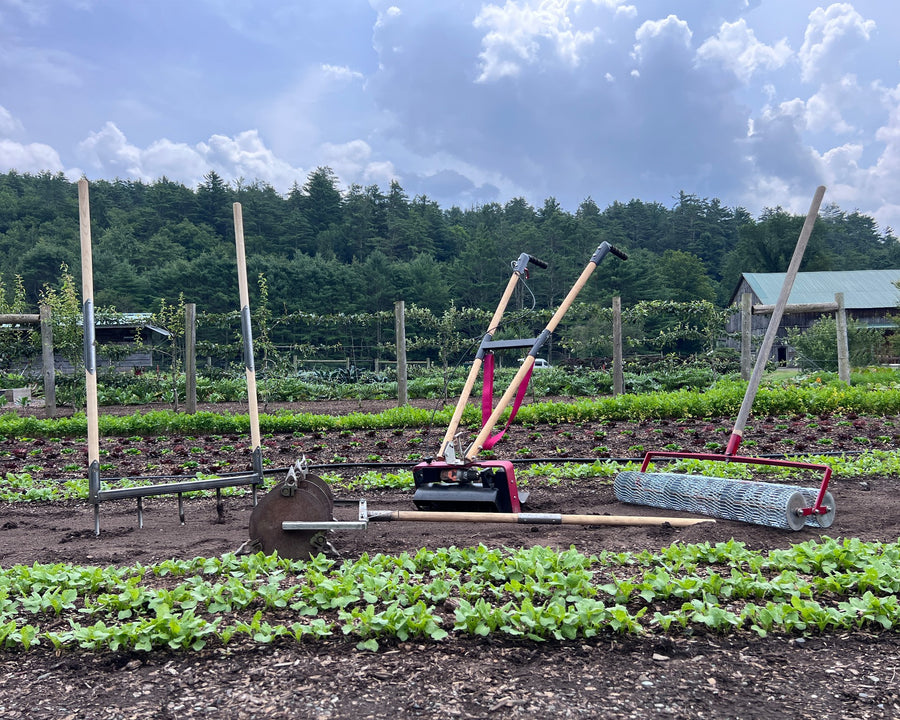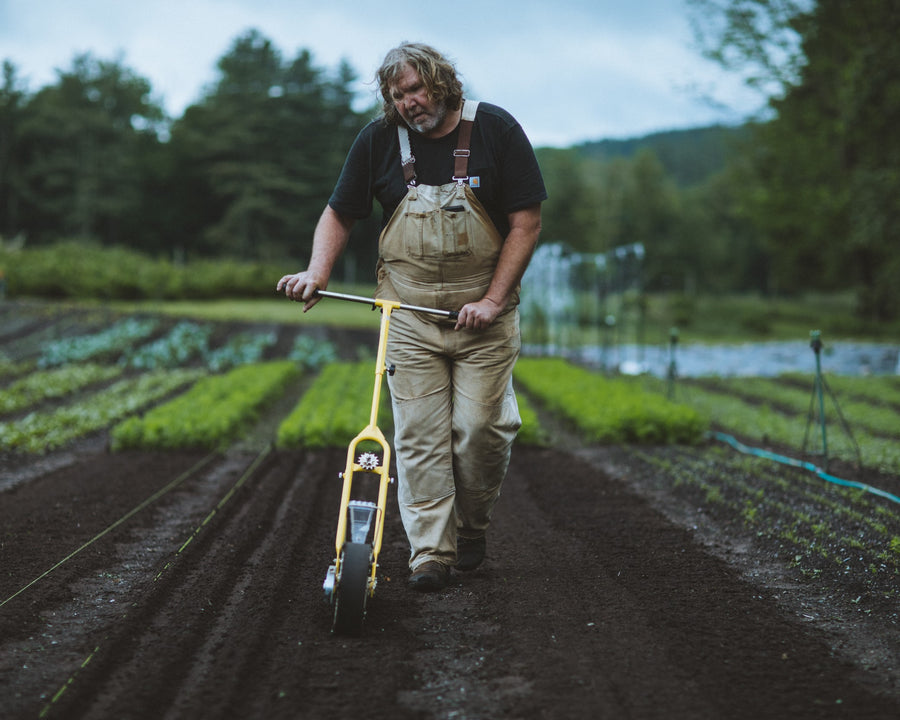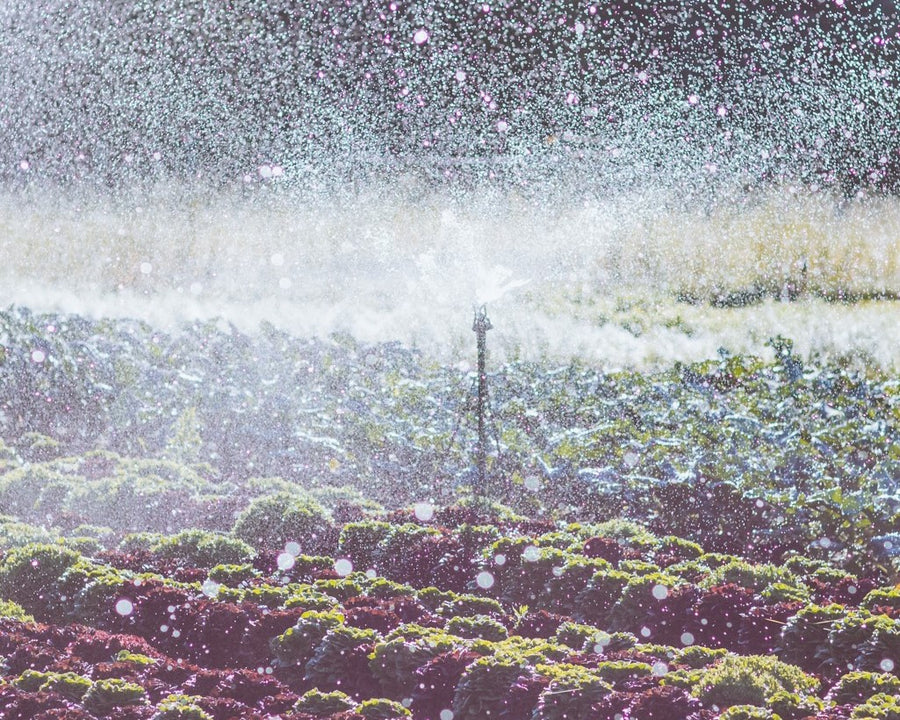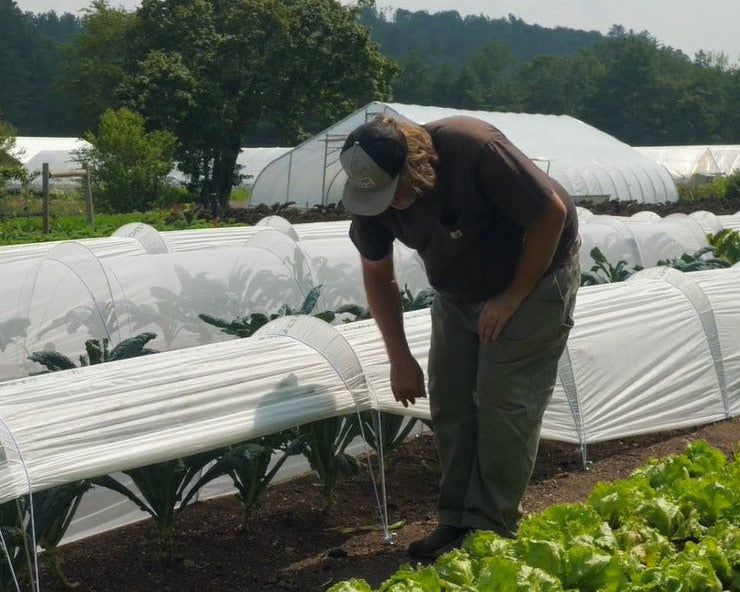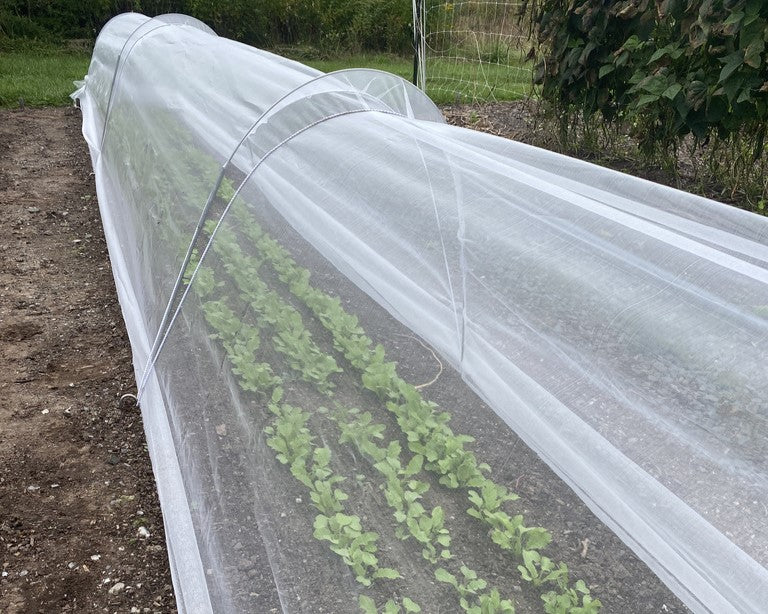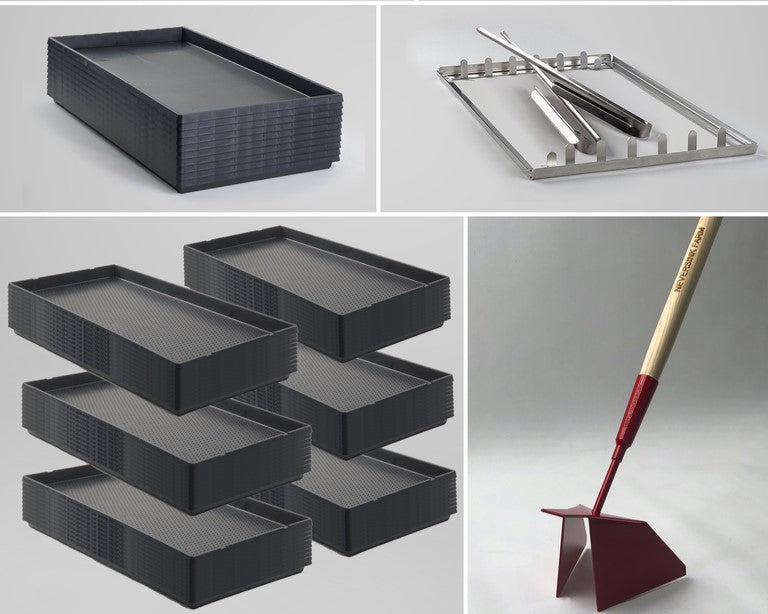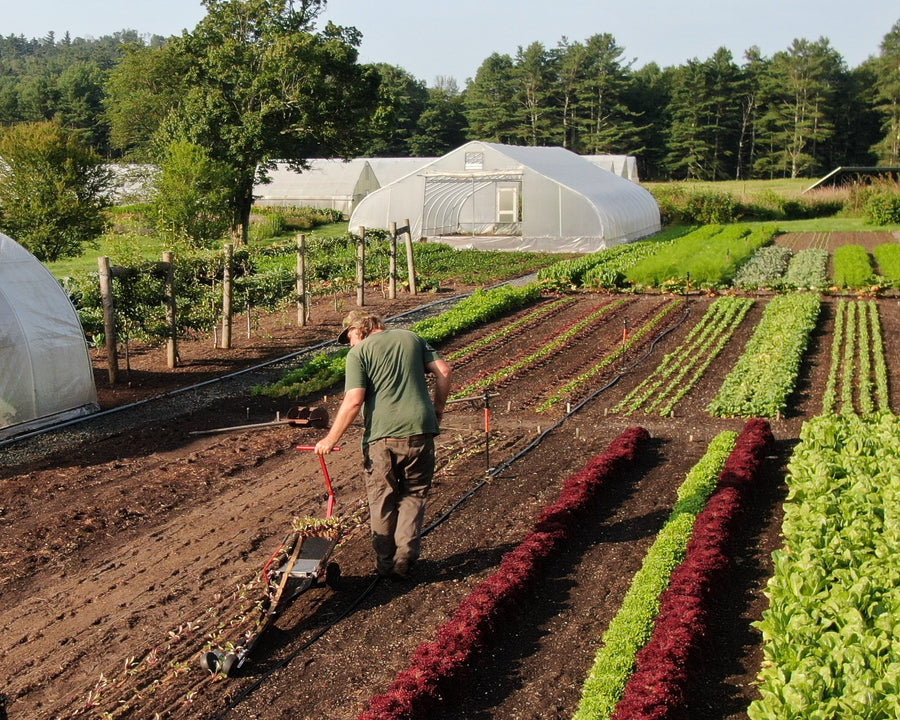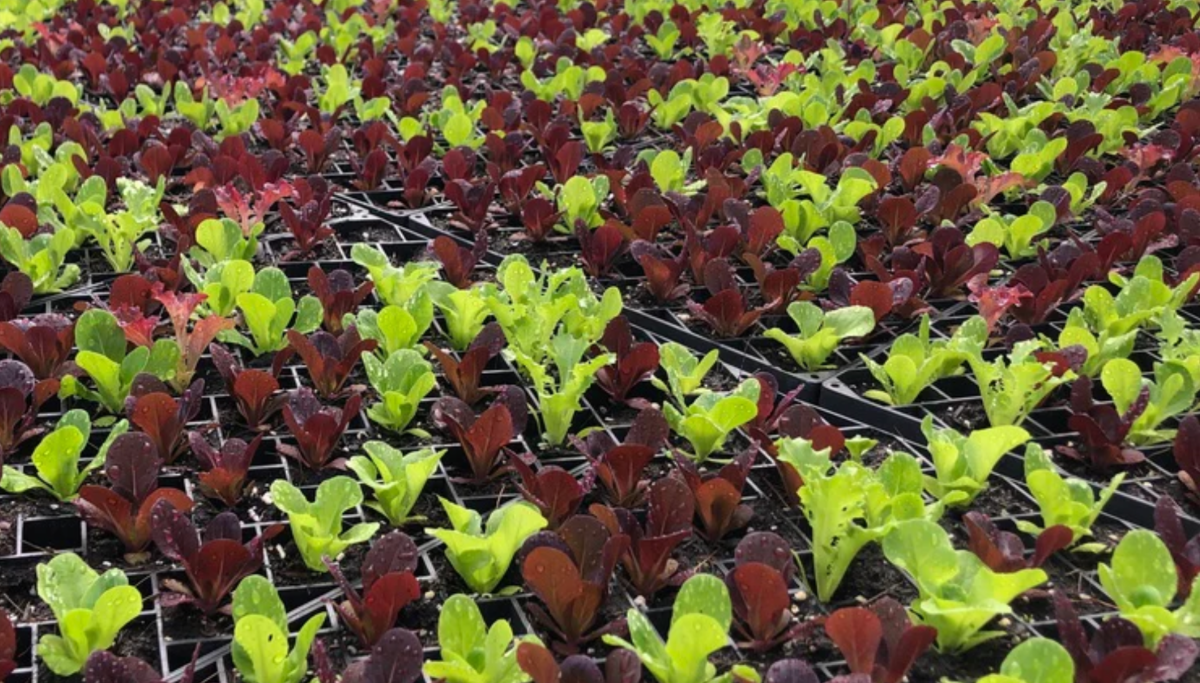

When it comes to seed starting, transplanting, or nursery production, the trays you choose matter more than you might think. Whether you're managing a greenhouse, a market farm, or just looking for durable tools that can handle heavy use, understanding the difference between vacuum-formed and injection-molded nursery trays is key to making the right choice.
Let’s break down the basics—and what each option means for your farm or growing setup.
What Are Vacuum-Formed Nursery Trays?
Vacuum-formed trays are made by heating a thin plastic sheet until it’s flexible, then pulling it over a mold using suction to shape it. The process is relatively fast and inexpensive, which makes these trays an accessible option.
Why growers use them:
Lower upfront cost
Lightweight
Short-term use in nurseries or greenhouses
What to keep in mind:
Vacuum-formed trays are thinner and less durable. They can warp, crack, or degrade with use, especially with repeated exposure to UV or fluctuating temperatures. Most will only last a couple of seasons—some not even that.

What Are Injection-Molded Nursery Trays?
Injection molding uses melted plastic pellets, which are forced into a mold at high pressure. The result? A much denser, more precise tray with consistent wall thickness, clean edges, and outstanding durability.
Why they stand out:
Extremely durable—often lasting 15+ years
Resistant to cracking, warping, and UV damage
Strong enough to support automation, stacking, and field use
Efficient and easy to use- will never bend or flop
Ideal for both long-term use and high-volume operations
The tradeoff:
They typically cost more upfront. But because they last far longer, injection-molded trays save money over time by eliminating the need for constant replacements.
What About Sustainability?
It’s not just about performance—it’s also about impact.
Vacuum-formed trays, because they’re thinner and more prone to damage, tend to have shorter lifespans. That means more replacements, more plastic waste, and ultimately, a larger environmental footprint.
Injection-molded trays use more material, but their long lifespan makes them a more sustainable choice for growers thinking long-term. Fewer broken trays = less landfill waste.
Some growers do seek out vacuum-formed trays made from recycled or biodegradable materials, which is a step in the right direction—but they cannot match the longevity of injection-molded alternatives.
The Hidden Cost of Vacuum-Formed Nursery Trays
At first glance, vacuum-formed trays might seem like the budget-friendly option. But there’s a hidden cost many growers overlook: they often require a bottom tray for support.
Because vacuum-formed trays are thin and flexible, they can’t support their own weight when filled with soil, water, or transplants. Most growers end up needing at least one bottom tray per working tray, and often more as the upper trays start to warp or crack with age. That means more gear to buy, store, clean, and replace.
Injection-molded trays will never require a bottom tray. They’re rigid, self-supporting, and built to be carried on their own—even when fully loaded. This not only makes them easier to handle, it also cuts down on clutter and extra cost.
When you factor in the price of a bottom tray for vacuum-formed setups, the total cost is often equal to or even higher than injection-molded—and exponentially more when looking at cost over time.

Final Thoughts
There’s no one-size-fits-all tray. But for growers who value longevity, reliability, and performance, injection-molded trays are often the clear winner. At Neversink Tools, we manufacture our Winstrip Trays right here in Tennessee using injection molding and BPA free recycled plastic- so they can stand up to farm and garden work and last season after season.
DISCOVER WINSTRIP TRAYS: INJECTION-MOLDED FOR STRENGTH, STABILITY AND SERIOUS GROWING:
